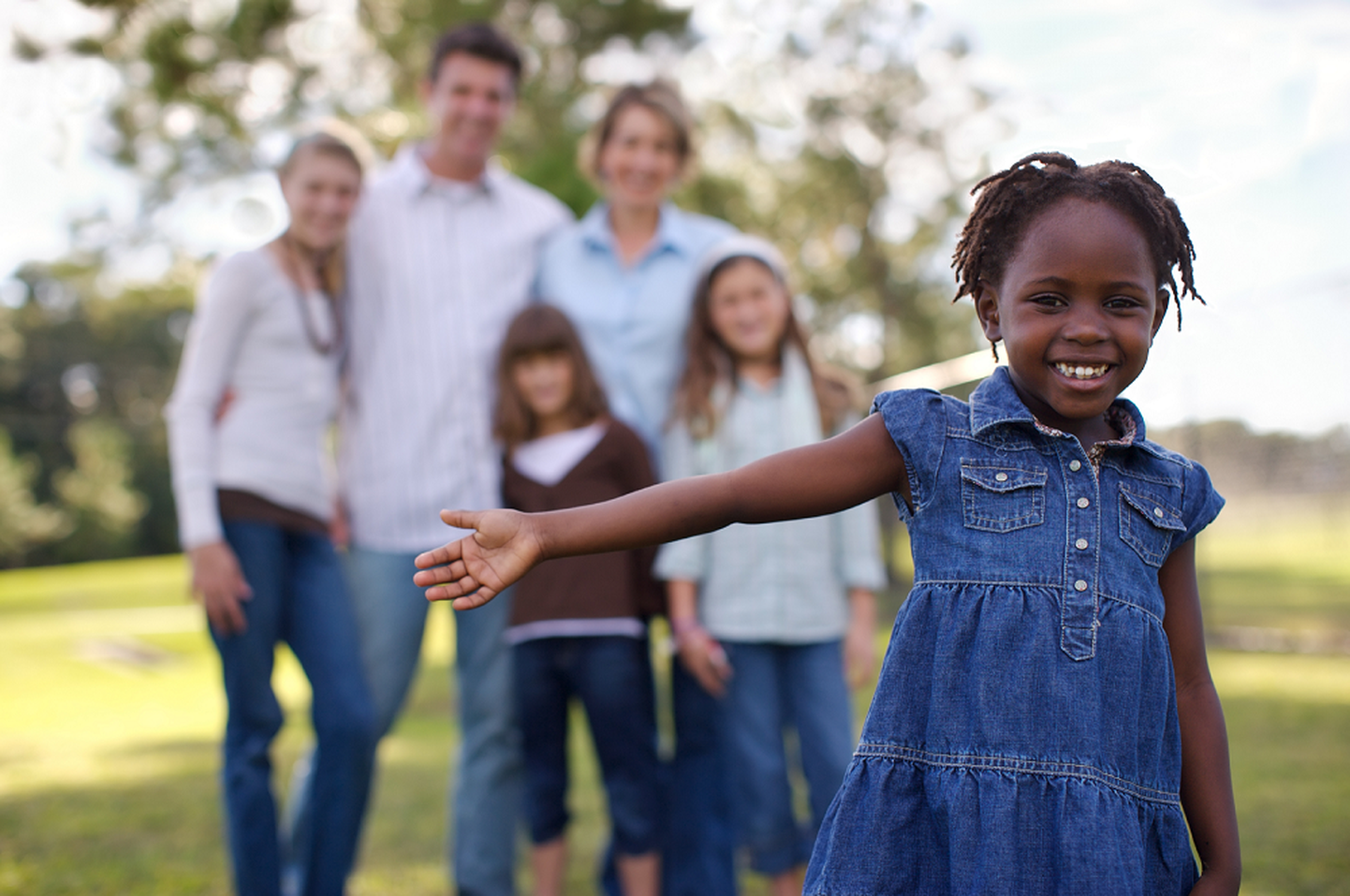«These are broken children with an extraordinarily deep need for affection,» said Ms Salum. «A kid needs nothing more than a loving mother, a loving father, and parents who love each other – all else comes with such relationships,» summarised the family researcher.
And this, affirm Ms Salum and Ms Orgmets, is the main question to be answered as potential families are searched, and why the answer at times may be «no». Or perhaps the family is counselled on how to improve their family relations to then later be answered «yes».
An umbrella organisation for foster families, MTÜ Igale Lapsele Pere has gotten many a message about support and care families sought for children.
«10 years old needs a family!»
«Five Russian-speaking children in Ida-Virumaa need foster families outside of Ida-Virumaa. A girl of 6, mother HIV-positive, the child is currently, at children’s home; two boys aged 6; a boy aged 5; a girl aged 9.»
The list would go on and on. How many of these have found a place, we know not. Each year, hundreds of children are separated from families in Estonia. Many end up in replacement homes, for some new safe families are found among relatives, some go back home, some find support or care families, and about fifty get adopted.

